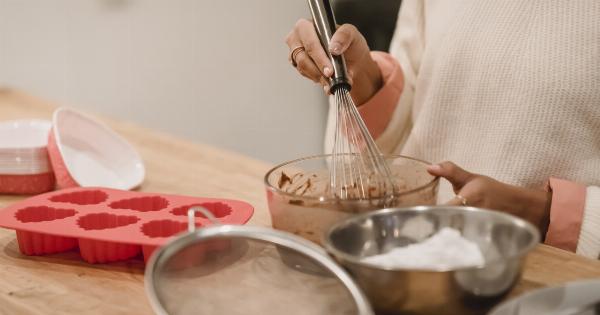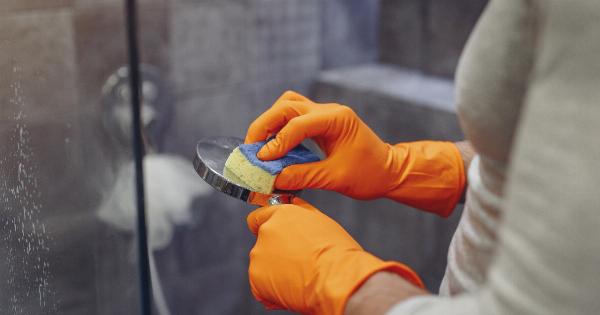Having a safe and healthy home is a top priority for all homeowners.
From ensuring the safety of the structure to maintaining a clean and comfortable living environment, homeowners invest their time and effort into creating a space that promotes well-being. However, despite these efforts, one often overlooked challenge that can affect the overall health of your home is mold.
Understanding the Impact of Mold
Mold is a type of fungus that can grow indoors and outdoors, thriving in moist and warm environments.
While mold plays a crucial role in nature by breaking down organic matter, its presence within our homes can lead to various health issues for occupants. Mold spores can cause allergies, respiratory problems, and other health complications, especially for those with compromised immune systems or pre-existing respiratory conditions.
It’s important to understand the factors that contribute to the growth of mold in your home and take necessary steps to prevent its formation.
By creating a less hospitable environment for mold, you can ensure a healthier living space for you and your loved ones.
Identifying the Causes of Mold Growth
There are several factors that contribute to the growth of mold in homes. By understanding these causes, you can address them effectively and minimize the risk of mold formation. Here are some common causes:.
1. Excessive Moisture
Moisture is a primary requirement for mold growth. Leaky pipes, plumbing issues, roof leaks, or high humidity levels can create a conducive environment for mold to thrive.
Identifying and resolving any sources of excessive moisture is crucial in preventing mold growth.
2. Poor Ventilation
Inadequate ventilation within your home can trap moisture and increase humidity levels. Bathrooms, kitchens, and laundry rooms are particularly vulnerable to mold growth due to high moisture levels.
Ensuring proper ventilation in these areas and throughout your home can help prevent mold formation.
3. Water Intrusion
Water intrusion can occur as a result of flooding, improper sealing around windows and doors, or even minor leaks. If left unattended, these moisture sources can lead to mold growth in walls, ceilings, or floors.
Regular inspections and prompt repairs can prevent long-term mold infestations.
4. Damp Basements or Crawlspaces
Basements and crawlspaces are prone to high humidity levels and moisture due to their underground nature. Inadequate ventilation or waterproofing can result in excessive dampness and mold growth.
Taking measures to keep these areas dry and well-ventilated can prevent mold infestation.
Understanding the Risks of Mold Exposure
The presence of mold in your home can pose various health risks. Mold spores can be allergenic, causing allergic reactions such as sneezing, coughing, itching, or respiratory problems.
Individuals with asthma or weakened immune systems are particularly susceptible and may experience more severe symptoms.
Prolonged exposure to mold can also trigger asthma attacks, sinus infections, and other respiratory conditions.
In some cases, certain types of mold can produce mycotoxins, which are toxic substances that can cause neurological symptoms, skin irritation, or even serious illnesses in humans and pets.
It is important to address any mold issues promptly to protect the health and well-being of your household.
Preventing Mold Growth in Your Home
Preventing mold growth requires a proactive approach to identifying potential problem areas and implementing the necessary solutions. Here are some essential steps to help you create an inhospitable environment for mold:.
1. Control Moisture Levels
Monitor and control moisture levels in your home. Repair any leaks, promptly dry wet areas, and maintain appropriate humidity levels (around 40-60%). Using dehumidifiers or air conditioners can help regulate moisture in high-humidity regions.
2. Ensure Proper Ventilation
Proper ventilation is crucial in reducing moisture buildup. Ensure that all areas prone to high humidity, such as bathrooms and kitchens, are adequately ventilated.
Install exhaust fans, open windows when possible, and ensure air circulation throughout your home.
3. Regularly Inspect and Address Issues
Regularly inspect your home for any signs of water intrusion, leaks, or dampness. Repair any plumbing issues, roof leaks, or faulty seals promptly to prevent long-term moisture problems.
4. Waterproof Basements and Crawlspaces
If you have a basement or crawlspace, consider waterproofing these areas to prevent moisture buildup. Install sump pumps, use waterproof coatings on walls, and ensure proper drainage systems to keep these areas dry and inhospitable for mold.
5. Proper Maintenance and Cleaning
Maintain a regular cleaning routine to prevent mold growth. Regularly clean and dry surfaces prone to moisture, such as bathroom walls, shower curtains, and windows. Use mold-resistant paints or additives when painting areas susceptible to mold.
6. Monitor Indoor Humidity
Keep a humidity monitor in areas vulnerable to mold growth, such as basements or attics. This will help you identify any sudden increases in humidity, allowing you to take immediate action to prevent mold formation.
7. Educate Yourself about Mold Prevention
Stay informed about mold prevention methods and educate yourself about potential risks. By understanding the signs of mold growth and taking proactive measures, you can maintain a healthier living environment.
Seeking Professional Help
If you are already experiencing a mold problem or have concerns about mold growth in your home, it is advisable to seek professional assistance.
A certified mold inspector can determine the extent of the issue and recommend appropriate remediation methods. Professional mold remediation services can safely remove mold and prevent its recurrence.
Remember, creating a hospitable environment for mold can have long-lasting impacts on the health and well-being of your household members.
By taking preventive measures and addressing any mold issues promptly, you can ensure a safe and mold-free living space.





























